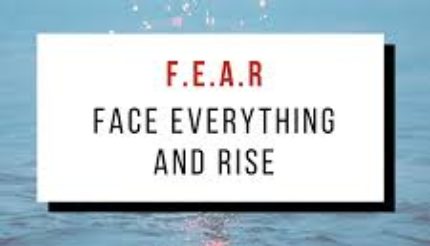There is a common belief that selling is only for people known as “sales people”. But the truth is that all business owners are sales people. We are in the business of selling. If we can’t sell our product or service then we haven’t got a business, right?
A key system to help with your sales is a sales process. How do you systematically turn prospects into repeat customers? A tool to help with this is your sales funnel. This article explains step by step the concept of the sales funnel step.
Your sales funnel is simple enough:
- First, be sure to have enough target market contacts feeding the top of the funnel. These are people you have identified as your ideal customer, those who could have a need for your product or service either now or at some point in the future.
- Next, you need to keep in touch with these contacts through a range of marketing activities that slowly nurture and squeeze these contacts into ‘sales prospects’ in a gently tightening process.
- Keep an eye on the numbers to identify a sales opportunity.
- Use the knowledge and customer journey data (what they’ve shown an interest in so far) to allow you to influence the sales activity, use the right language, focus on what they want, and ‘close the sale’.
Building the sales funnel
A crucial part of the sales funnel process is to keep adding more and more contacts into the funnel in the first place. You do this through marketing activities. There are literally hundreds of marketing activities to choose from to do this. The key is to choose those most likely to attract your target market and then test and measure to find out which actually works most effectively for your business. If your target market doesn’t go online, for example, then don’t use social media! It can be easy to waste money on marketing that simply doesn’t work. So test in small measures until you find the best for you.
Keeping legal
You will need to collect and maintain your prospects’ contact details so you can keep in touch and nurture them until they’re ready to buy from you. But remember that if you are holding personal information about individuals, you will need to be registered with the Information Commissioner’s Office and comply with your obligations under the General Data Protection Regulation (GDPR).
Remember to make it easy for people to exit your funnel if they wish to – unsubscribe options are a minimum mechanism to allow this and any requests should be respected accordingly. The use of professional email marketing software (such as MailChimp) obligates this anyway.
Nurturing your sales funnel
Once you’ve systemised the marketing activities so you have an active programme to constantly feed and grow your contacts database, your next task is one of nurturing. This is NOT SELLING!!! Selling comes later but nurturing is a gentle and calm process that could also be referred to as ‘white noise marketing activity’.
Again, there are many ways to nurture your contacts. For example, you could write a regular email newsletter simply updating your prospects on news and information – perhaps an educational article, a case study or simply industry comment. The point here is that, unless a prospect recognises instantly that your product or service could help him or her, many prospects in your funnel are not ready to purchase your product or service YET and if you try to sell to them at this stage you will simply irritate them and push them away. However, if you gently nurture them through interesting communications they will not be offended. More importantly, once they are ready to act, they will have become familiar with your regular contact and branding. It’s important, therefore, to WATCH FOR INTEREST SHOWN (on email marketing, this is normally through the metrics of sustained opening and clicking) as this helps you identify the contacts who are nearing the buying phase.
Squeezing the sales funnel prospects
Assuming your nurturing has now identified a sales prospect, your next task is to try to draw them to you without scaring them off. There are many ways of doing this.
For example, you could send a brochure or ‘something printed’ in the post. Always make sure it is professionally designed and printed and always include a handwritten note and send it in a handwritten envelope with a proper stamp (not franked). This then allows you to make a gentle sales call a few days later to ‘check they received it’!
You could pick up the phone and give them a call to invite them to your own event. A social or business event is a great way to break the ice with a sales prospect. Being the speaker at an educational seminar type event instantly elevates your status to ‘expert’.
Closing the sale
If you’ve nurtured, identified and squeezed, then eventually you’re going to have to start an actual sales conversation. This can be formally done with proposals and quotes or more ad-hoc with a ‘pitch’ meeting or simple chat.
Generally, I’d encourage the process of closing a sale to be a natural conclusion to a consultation where you’ve identified their needs, matched your product or service to these needs, handled any objections raised, negotiated the financial aspects (including price AND payment terms) … and eventually you simply need to be bold and ask if they would like to proceed.
If you have any questions or comments about this article, please get in touch. If you’re interested in developing your sales skills, you might want to book yourself a place on our next Sales ENRICHED training course.





